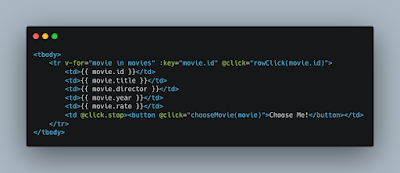For security reasons, we need to get user IP. In a normal Spring Boot application that interacts with end-users directly (without proxy, load balance and etc.), We can simply get user IP from HttpServletRequest by getRemoteHost().
But in most cases, we need to put an Nginx or Apache in front of our application and route requests to it. In this case, HttpServletRequest.getRemoteHost() returns our proxy server IP. So we need to set user IP in a header of request in our proxy and then redirect it to our application. X-FORWARDED-FOR is used for this reason but there is more than one option:
- X-Forwarded-For
- Proxy-Client-IP
- WL-Proxy-Client-IP
- HTTP_X_FORWARDED_FOR
- HTTP_X_FORWARDED
- HTTP_X_CLUSTER_CLIENT_IP
- HTTP_CLIENT_IP
- HTTP_FORWARDED_FOR
- HTTP_FORWARDED
- HTTP_VIA
- REMOTE_ADDR
We can put these options in the application properties file and then check them in our code like this one:
application:
header-ip-candidates: X-Forwarded-For,Proxy-Client-IP,WL-Proxy-Client-IP,HTTP_X_FORWARDED_FOR,HTTP_X_FORWARDED,HTTP_X_CLUSTER_CLIENT_IP,HTTP_CLIENT_IP,HTTP_FORWARDED_FOR,HTTP_FORWARDED,HTTP_VIA,REMOTE_ADDR
@RestController
@RequestMapping("/ip")
public class IPResource {
@Value("${application.header-ip-candidates}")
private String[] headerCandidates;
@GetMapping
public ResponseEntity getHome() {
if (RequestContextHolder.getRequestAttributes() == null) {
return ResponseEntity.ok("0.0.0.0");
}
HttpServletRequest request = ((ServletRequestAttributes) RequestContextHolder.getRequestAttributes()).getRequest();
for (String header: headerCandidates) {
String ipList = request.getHeader(header);
if (ipList != null && ipList.length() != 0 && !"unknown".equalsIgnoreCase(ipList)) {
String ip = ipList.split(",")[0];
return ResponseEntity.ok(ip);
}
}
return ResponseEntity.ok(request.getRemoteAddr());
}
}

